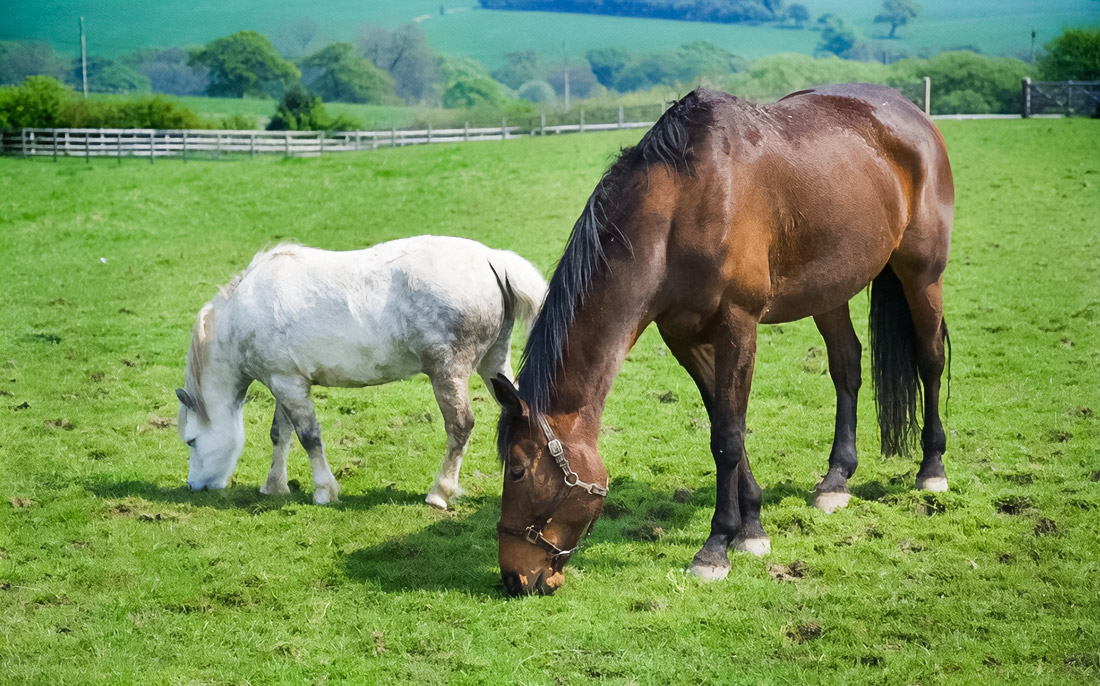
Sand Colic Prevention On Desert Turnouts Psyllium And Mash Protocols For The Gulf
Desert turnouts and coastal humidity create a perfect storm: gritty footing, scarce forage, and reduced evaporative cooling at night. Prevention hinges on two levers reducing sand ingestion and speeding sand clearance with disciplined hydration, salt, raised feeding, wet mashes, and correctly dosed psyllium.
Risk Landscape In Sandy Paddocks
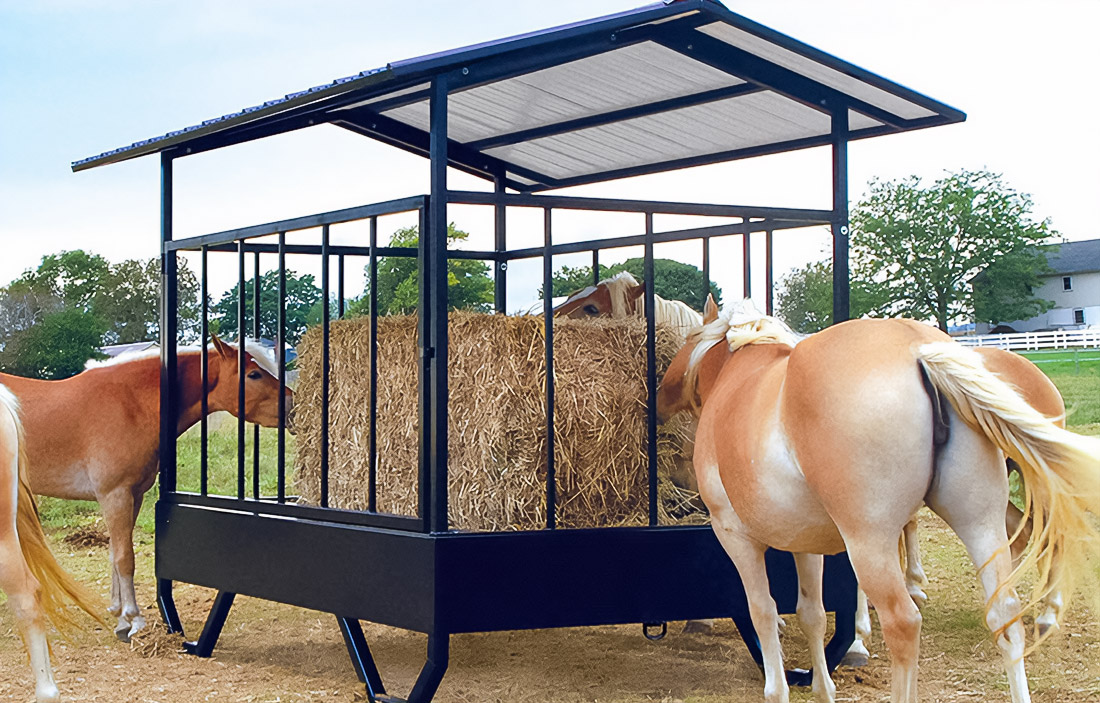
Sand colic is common where soils are dry and forage is limited; fiber shortfalls raise risk because fiber drives gut motility and helps move ingested grit. Some small-bodied types (e.g., Miniatures) may be more susceptible via appetite/behavior.
Key management: feed off the ground in raised or contained feeders; use rubber mats under hay and tubs; confining or muzzling is a last resort for chronic sand eaters.
Diagnosis You Can Stand Behind
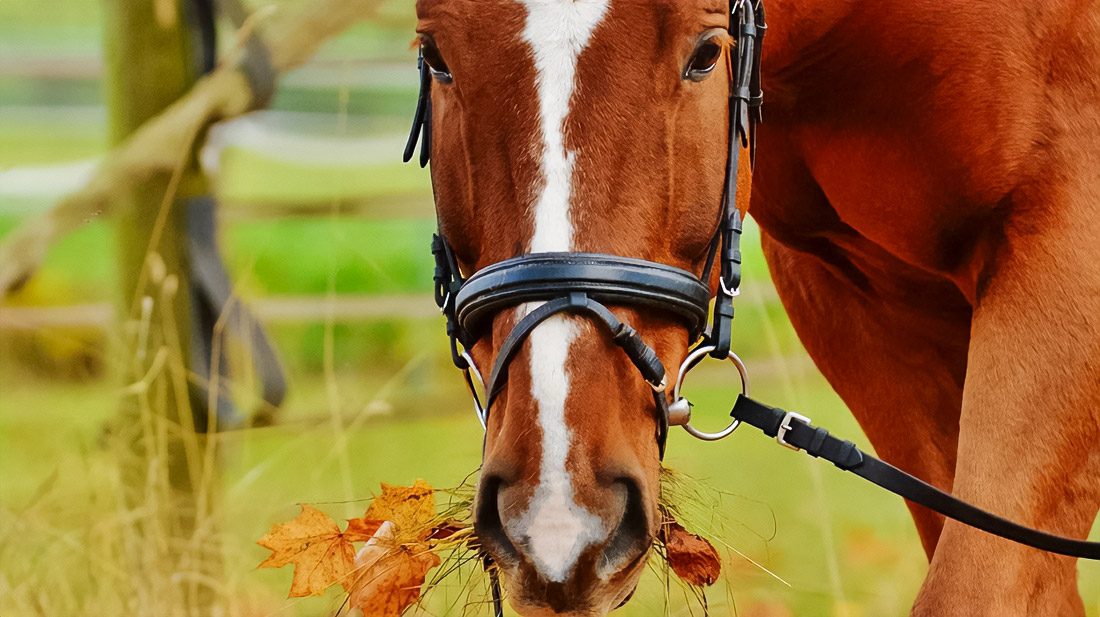
- Auscultation (“sand sounds”): coarse, beach-like grit sounds increase with load; often heard when colonic sand exceeds ~6.3–10.5 kg.
- Fecal sand sedimentation: simple bag/bucket test for home screening, but results vary and heavy carriers may pass little sand. Follow stepwise collection, mix, hang, and settle protocol.
- Imaging: abdominal radiography best grades severity and track clearance; ultrasound useful to rule out, limited to confirm.
Clinical red flags: poor appetite, anxiety, pawing/rolling, flank focus, and heart rate > 64 bpm treat like an emergency and call your vet.
Hydration, Salt, And Gut Flow
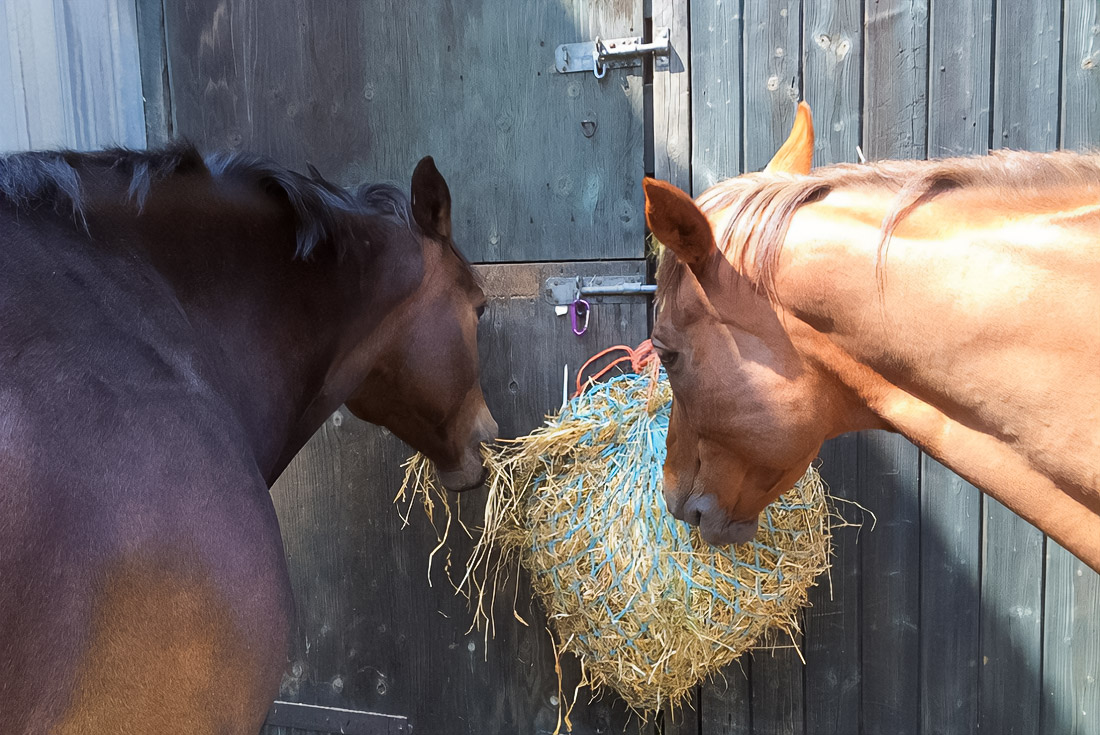
Constant access to fresh water supports motility and helps move sediment; loose salt stimulates drinking and stabilizes electrolytes. A practical barn rule is 1–2 oz plain loose salt daily (more during hard work/heat). Coordinate hay, salts, and mash ingredients with a horse feed supplier familiar with Gulf logistics to keep quality and availability consistent through summer.
Mash Protocols That Add Water (Not Hype)
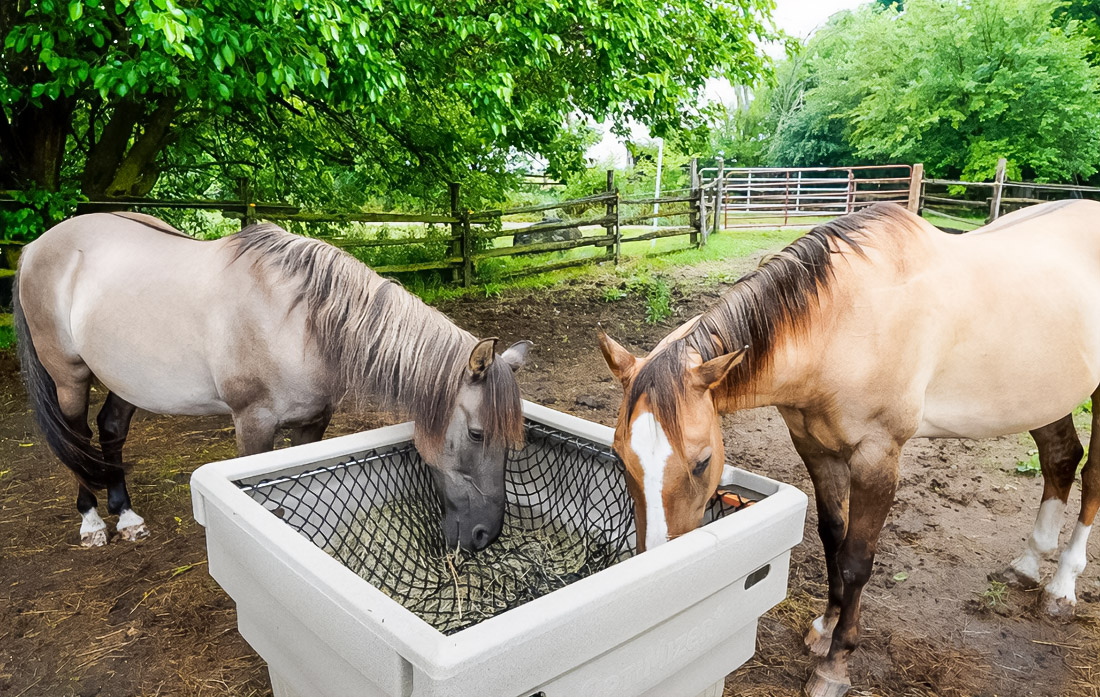
Use wet mashes to raise total water intake and fiber: beet pulp and good grass hay keep ingesta moving; feed in containers/feeder nets, not sand.
Desert turnout routine (June–September):
- Evening: soaked beet pulp mash; check water, refill, and salt.
- Morning: hay in raised feeders on mats; quick fecal jar/bag check weekly.
Preventive Psyllium: How, When, How Much
A widely used schedule for at-risk horses is 1 g/kg/day for 7–10 days each month (≈500 g/day for a 500 kg horse). Short, repeated courses help maintain effect and avoid microbial adaptation.
Research also reports effective feeding windows of 50–400 g/day for 1–2 weeks, and a study showing 200 g/day for 35 days increased sand clearance in healthy horses (mixed findings overall manage expectations).
Hospital Protocols
For confirmed accumulation, nasogastric combinations outperform home feeding:
Psyllium 1g/kg + magnesium sulfate 1g/kg + paraffin oil 6–8 mL/kg daily, typically 3–7 days, 1–2 intubations/day. In a 54-equid series, clearance > 75% occurred in 81% with median 4 days (IQR 3–5); complications 30% and generally mild; Miniatures responded worse.
Standard acute care layers NSAIDs, fluids/electrolytes, and mineral oil; surgery remains the fallback for impactions that fail medical management.
Desert-Turnout Checklist (Quick Audit)
- Feed off the ground; use mats and nets/feeder racks.
- Keep fresh water up and pair with loose salt to drive intake.
- Run short psyllium courses (e.g., 7–10 days/mo, ~1 g/kg/day).
- Screen weekly with a jar/bag sediment test; confirm loads by radiography; use ultrasound to rule out.
- At first signs (pain, rolling, HR > 64 bpm), call the vet; treat early.
In Gulf conditions, prevention is procedural raised feeding, wet mashes, water + salt, short-course psyllium, and imaging-guided decisions. When sand accumulates, nasogastric combinations clear it faster and more reliably than home feeding alone.
Skateboarder, tattoo addict, fender owner, Swiss design-head and RGD member. Acting at the intersection of minimalism and sustainability to craft experiences that go beyond design. Let’s design a world that’s thoughtful, considered and aesthetically pleasing.

Desert turnouts and coastal humidity create a perfect storm: gritty footing, scarce forage, and reduced evaporative cooling at night. Prevention hinges on two levers reducing sand ingestion and speeding sand clearance with disciplined hydration, salt, raised feeding, wet mashes, and correctly dosed psyllium. Risk Landscape In Sandy Paddocks Sand colic is common where soils are…
